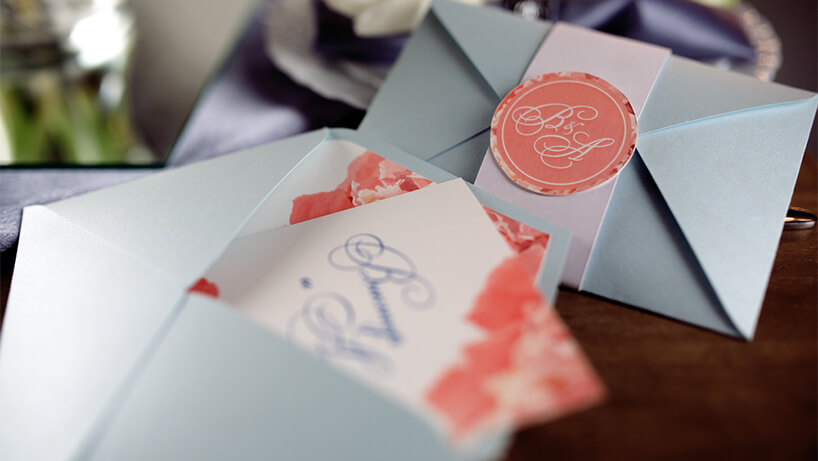Trendspotter
With the ‘one-size-fits-all’ approach no longer effective, here’s how to tailor communications.
Never judge a book by its cover, cautions the well-worn saying, but in the case of events, an invitation might be the sole reason that a delegate chooses to attend … or not. Event invitations are key to capturing the audience, and getting them right is an art form, requiring effective communication strategies to engage potential attendees.

Patricia Silvio
“The starting point is to identify what’s the target, who are your attendees [demographics, behaviour],” said Patricia Silvio, global marketing manager for Pacific World. “For this it is very important to know when the attendees show interest for the event, when they book/register, what are their main interests and which platforms/media they go to look for information, interact, and so on.”
Tania Pasi, global product development manager for Pacific World, added: “Effective communication is achieved when a company is able to identify the behavioural patterns of attendees and tailors actions and communications according to that. The ‘one-size-fits-all’ approach is no longer effective.”
An early and timely communication plan is key, according to Marine Debatte, head of events at BI Worldwide Asia Pacific. “However, it doesn’t mean we should overload our guests with too many emails or communication. Quality over quantity anytime.”
In addition to the content, delivery is also critical. “Don’t write off email promotion! The average ROI of an email is approximately $44 for every dollar spent. That’s almost double of any other digital marketing platform out there,” said Peta Moore, managing director at Nectar Creative Communications. Social media and video resources are also increasingly effective.

Tania Pasi
“Choose platforms that allow a ‘self-service’ type of approach — end-users prefer to know where the content is and decide whether they want to access it or not,” Pasi said.
Debatte added: “When I’m invited to an industry event, nothing works better than the host calling or sending a message saying they really hope to see me there. Personalisation is key.” Another key factor, she added, is for the invite to be Instagrammable. “Whether it’s a mini video clip, flower bouquet, puzzle, or car key. Regardless if you send a soft or hard copy, there are still many ways to get people’s attention.”
An invitation should “create some mystery around the event and add a fun twist, suggested Silvio, but organisers must remember that events are multigenerational and communications should be able to attract millennials and Gen X attendees.

Marine Debatte
Multichannel campaigns that include podcasts of previous speakers, organisers, and attendees sharing their experiences are effective and help to convince attendees that their time will be well spent. Attendees no longer want to be passively receiving information, they want to be part of an event, and congress and event organisers are now moving toward designing events that will actively engage the attendees. Technology also encourages participation, with apps that allow the end-user to access congress information and decide how to interact with the sessions and activities offered.
“You need to remove as many barriers as humanly possible. There are a lot of things competing for our attention these days and potential barriers stopping people from attending your event,” Moore said. “Make sure your website is accessible on mobile devices, as more people are now using mobiles to access the internet than desktops. If you can, use event management websites or events management software; registration forms should be clearly presented and quick to complete.”
If they are going to accept an event invitation, people need to experience previous events as vividly as possible and understand how it will help them. “What am I going to learn, where will I find inspiration, who am I going to meet?” are the types of questions that people ask, Silvio said. “Video elements help to answer these questions.” Early-bird registration discounts or free add-ons can also get bookings moving.
“Focus on your content,” added Debatte. “What will they gain from this event, how can it help them? Anybody attending an event knows that the time they spend there is time they’ll have to make up at some point, so after answering: ‘Am I able to attend?’ the next question you must address is: ‘Is it worth my time?’”

Peta Moore
Moore added: “Create a serious case of FOMO (fear of missing out). If you can harness this, it can do wonders to your bottom line. A balanced event programme that offers both professional and personal reasons to attend is the best way to persuade them. Delegates are just like you and me. Knowledge and networking are often quoted as the main reasons for attending a conference, however the entire conference experience must be enjoyable and relevant to be worth attending.”

